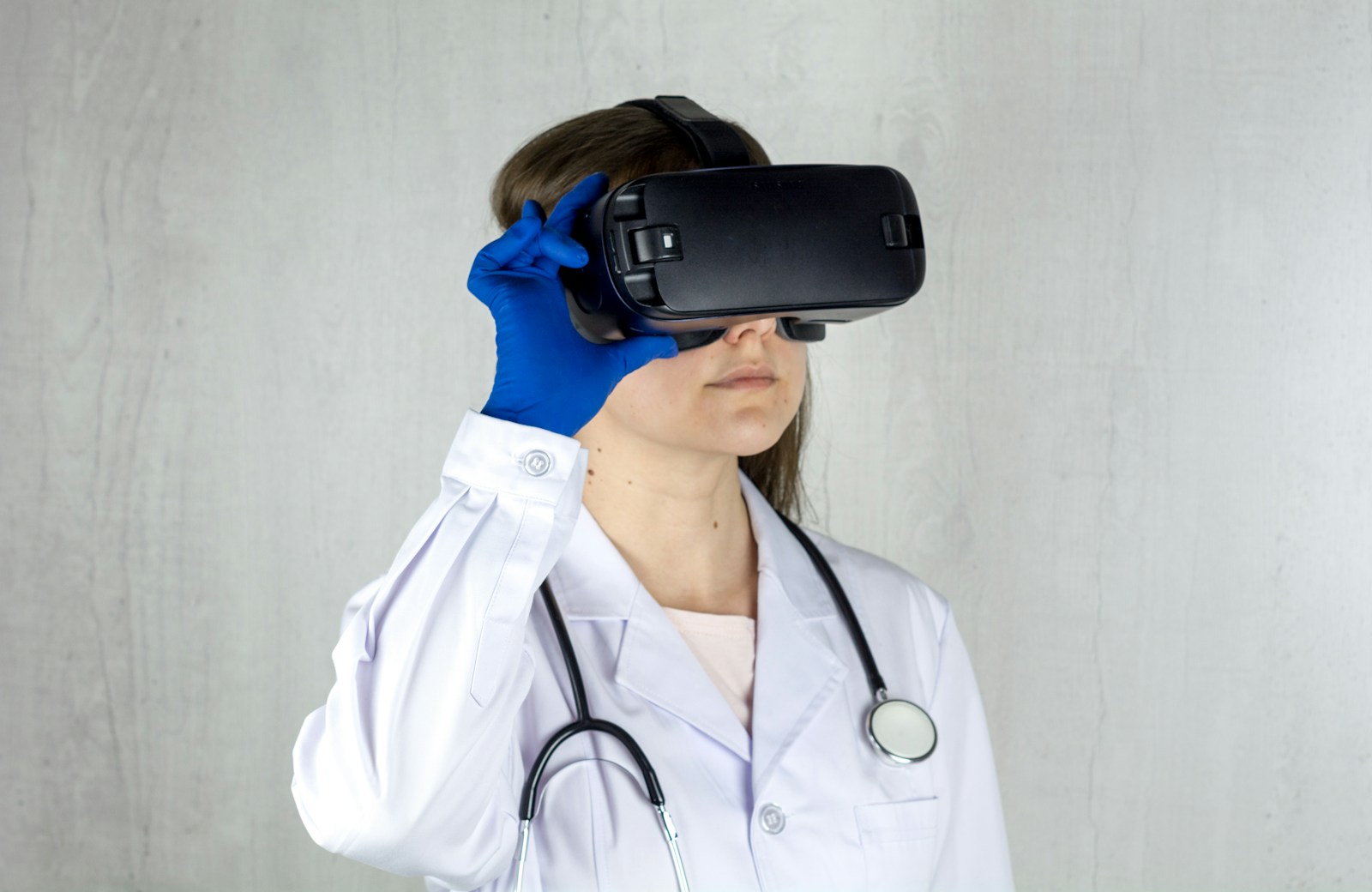Hospitals are busy places and there are risks for patients everywhere. This is especially true in understaffed and overworked healthcare settings. The NHS has implemented the NHS Long Term Plan which aims to help with this.
By embracing technology, patients can experience a greater level of safety. They will also have more efficient care as staff can be freed up to focus on the medical side of things, rather than the administration. Here are some examples of exciting technology that can benefit the healthcare sector.
Artificial intelligence in diagnostics and decision support
Whether a patient is seen in A&E or a less urgent setting, diagnostic processes can take a long time. Introducing AI to support this area could be a solution.
AI has recently been used to detect abnormalities in imaging scans. Tools like Google’s DeepMind have also been successful in identifying over 50 eye diseases with high accuracy. If this were to be implemented regularly, patients can be seen sooner and clinicians can be free to deal with more complex cases.
This helps clinicians with their workflow as well as reducing the impact of human error. Misdiagnosis is a costly burden on the NHS, so reducing that will free up funds to go back into staffing and equipment.
Robotic-assisted surgery
Surgical procedures have a huge impact on patients and the healthcare system. Large incisions require a lot of aftercare as well as a risk of infection which means patients come back to the hospital. By utilising robotic-assisted surgery, the incision and movement are all much smaller, meaning a lesser chance of infection.
The da Vinci Surgical System has already begun aiding surgeons in the UK by performing minimally invasive surgeries with high accuracy. This has resulted in fewer post-surgery complications, with estimates putting this at 52% when compared to traditional methods.
Ehealth records (EHRs) for improved communication and documentation
Ehealth records, or EHRs, are a digital collection of a patient’s records which can be viewed in any healthcare setting within the system. By sharing information accurately and quickly, healthcare professionals are able to view relevant information for a diagnosis.
By improving the accuracy of records as well as speedy sharing, EHRs help to reduce the likelihood of mistakes. Mistakes can result in serious patient harm and medical negligence claims that can be costly and stressful for all involved.
Predictive analytics and risk management
The ability to predict risks before they occur sometimes requires you to be psychic! This is where data-driven insights could help.
By being able to pre-emptively address safety concerns, you can prevent accidents from happening. This could be using analytics to monitor machinery such as CT machines for any issues. You can also use data-driven insights to identify any bottlenecks around the hospital where delays are forming and redeploy staff or resources as appropriate.


